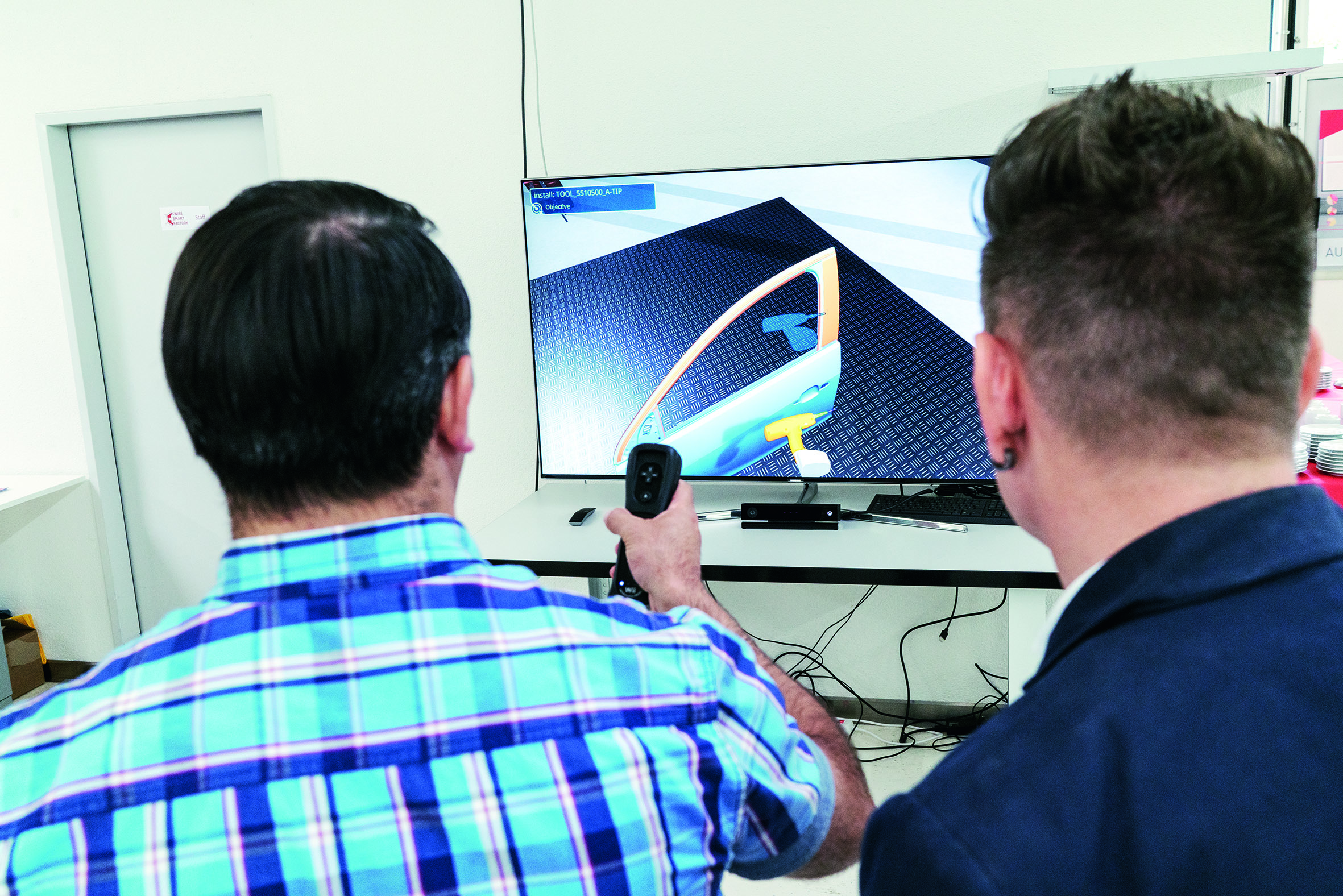Establishing an ICT competence centre serving enterprises in product development, capacity building and research activities with public funding
The Smart ICT Competence Center, TEQU, is a service model established by Lapland University of Applied Sciences as part of Smart built environment expertise group. It serves especially SMEs of Lapland in RDI activities and capacity building. The aim of the operation is to tackle multi-level challenges and changes created by digital age by creating a smart living environment where research produces competitive edge from future/new technologies.
This is done by offering an innovation platform that supports developing internationally competitive products, applications, systems, services and procedures. The main user group of competence center are enterprises but also regional RDI-actors and educational institutions. The main concept is based on providing rapid prototypes and new knowledge with digital focus by combining ICT, design and business approach. In addition there is event concept supporting capacity building and networking of enterprises, RDI-actors, unemployed and students as well as educational personnel. The idea behind all activities is to offering high-quality service with entrepreneurs in mind.
The competence center with it's operational model, infrastructure and activities has been developed through several project starting from a preliminary study to investment and development for the establishment and to several ones supporting the operation and further development.
Resources needed
€ 117 517 + € 1 478 347 + € 400 289 + € 274 678 + € 111 796 of public funding (ERDF, ESF)
Evidence of success
The competence center has been very well established to have development team that includes personnel of 27, digital prototype creation service, event concept and solid enterprise base. The center has utilised regional funding effectively reaching many local businesses. The best evidence of success are several developed product prototypes with ICT, design and business approach in a short time span. These, with knowledge sharing and networking, serve as a good example for artist in ICT projects.
Potential for learning or transfer
The model behind the practice has been well established covering several aspects with very enterprise-centric approach despite public RDI and educational institute basis. The model combines very effectively ICT, design and business to enable agile development for practical and competitive solutions. The systematic utilisation of public funding to deploy it for enterprises and to support the ongoing operation and development of the centre has been proven very effective. There is yet further potential to enable companies for more cross-sectoral collaboration under the model but this is already well supported with knowledge-sharing, networking and collaboration with ICT and arts companies and other operators.
Tags: Design, Development, Digital, ICT, Business







